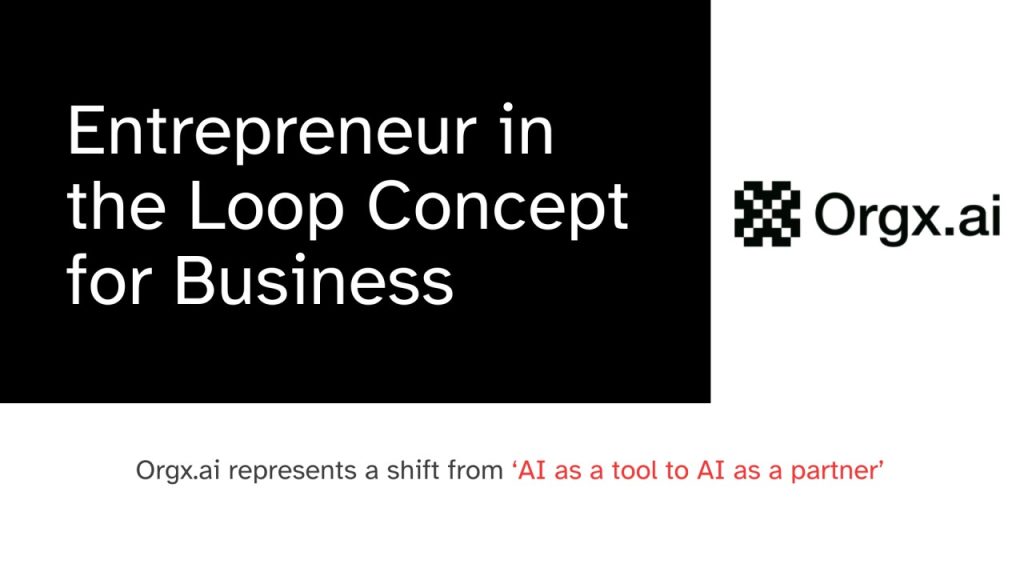Facility management refers to the management, planning, operations and maintenance of an organization’s property portfolio such as land, buildings, infrastructure, and other facilities. It ensures the functionality, safety, and efficiency of a facility while smoothly integrating people, processes, and various technologies. Many businesses today have realized that a well-managed facility helps companies to increase profit. An effective facility management process is vital for any organization. Since its directly responsible for creating an environment that encourages productivity, safety, security, and efficiency. It also needs to ensure all the facilities in an organization are compliant with health and safety regulations at the same time remain pleasing to clients and customers.
Recently, one of our customer, a prominent exhibition organizer based in the Middle East wanted a solution to optimize their facilities usage. The customer has several exhibition venues throughout the country and they help other businesses and organizations to host exhibitions, conferences, and other events. By facilitating the required human resources, amenities, travel facilities, seminar halls, exhibition booths, etc, the company offers end to end support for conducting exhibitions and other events. The company realized the problem that their facilities management is not organized and optimized, resulting in wastage of resources and large money annually. The customer consulted us to solve the problem and we built a based solution to solve it. Let’s dive into the details and see how we helped our clients to solve their problems.
Computer Vision for Efficient Facilities Management
Today facility management is seen as an integral part of the strategic and day-to-day operation of businesses, and not as an add-on. The main objective of facility management is to reduce the outgoing or maintenance costs of the business while ensuring that it still meets all of its objectives. A facility management team usually consists of professionals involved in the day-to-day analysis, maintenance, and repair of company utilities. Responsibilities associated with the facility management team include an array of support and services, such as security services, janitorial services, building management, engineering and maintenance services, etc. They are also responsible for coming up with strategic planning activities to run the organization smoothly and efficiently.
Business challenges
Proper maintenance of facilities can be very complicated since there are many challenges involved. They have to deal with challenges such as increasing energy efficiency, improving security and emergency preparedness, maintaining aging facilities, cleaning and proper handling of waste, etc. In most facilities, facility management teams are understaffed and need to work with limited resources. With so many data points and entry points, it’s difficult to have a real-time insight about what’s happening in the facility, especially if the facility has a high traffic flow. For example, facilities need dedicated staff just to monitor live video streams from the CCTV cameras to identify security threats and facility requirements. Even then, there is a chance that the staff can miss detecting crucial events. Resource management is another problem that arises due to the lack of data about the crowd traffic. For example, a washroom has to be cleaned once in every 30 people use the washroom. However, without the ability to track the usage count, it is impossible to run clean services in an efficient manner. Increasing manpower may seem like a good solution but it can lead to higher operating cost and it has its own drawbacks which we will discuss later. The major business challenges were;
⊗ The identification of recurrent visitors was not possible. In some scenarios, recurrent visitors caused considerable profit loss to the company. Such as distributing takeaway kits etc. Moreover, incentivizing recurrent visitors can help increase the customer retention rate but since the identification of recurrent visitors was not possible, the company could not optimize its operations to make more profit.
⊗ Real-time data about the events and exhibitions were not available. Managers have to wait for hours to get data such as total participation, facilities requirement, etc
⊗ Resource management was hard because of the lack of data about the crowd traffic.
⊗ 20 to 30 employees were required to monitor the crowd and facilitate arrangements required by the crowd at different venues within the premises.
⊗ Three security guards were dedicated to observing the live video stream from the CCTV cameras to identify security threats, facility requirements, etc. However, the guards frequently miss out to identify actionable items.
Due to such several inefficiencies in handling the operations, our client was losing a major portion of its profits for mishandled activities and improper resource allocation. The end goal for any business is to cut costs, improve staff productivity, and increase ROI.

